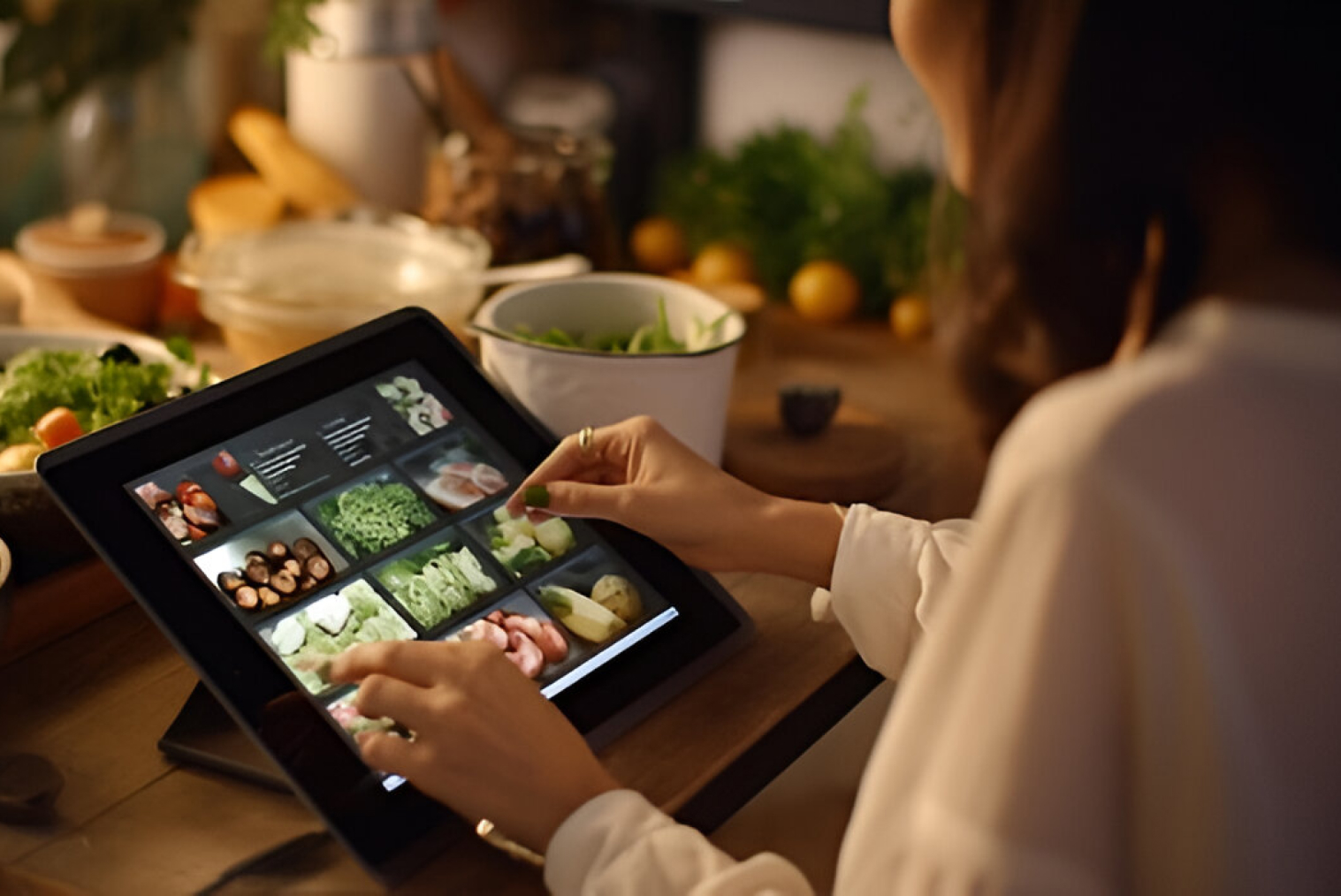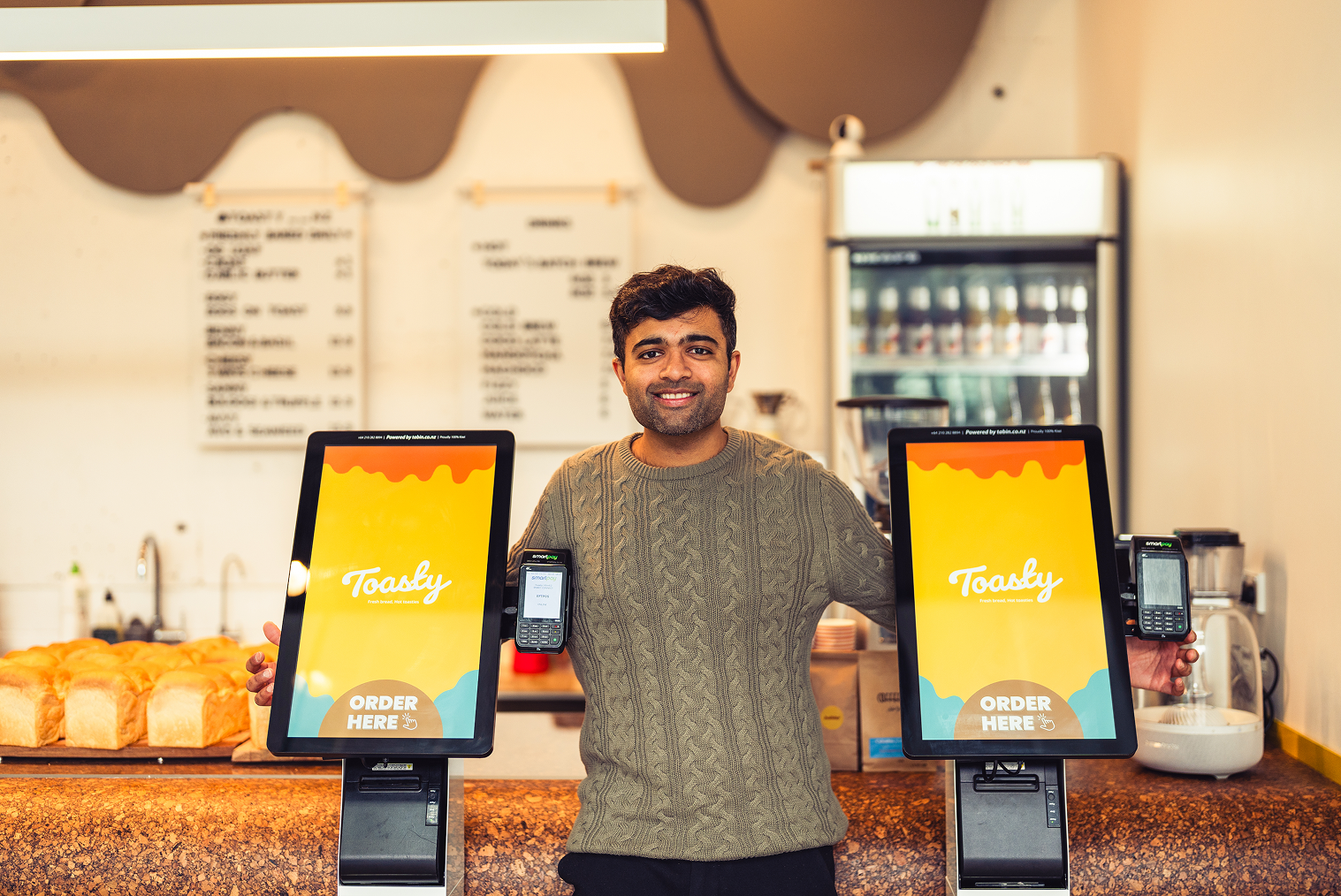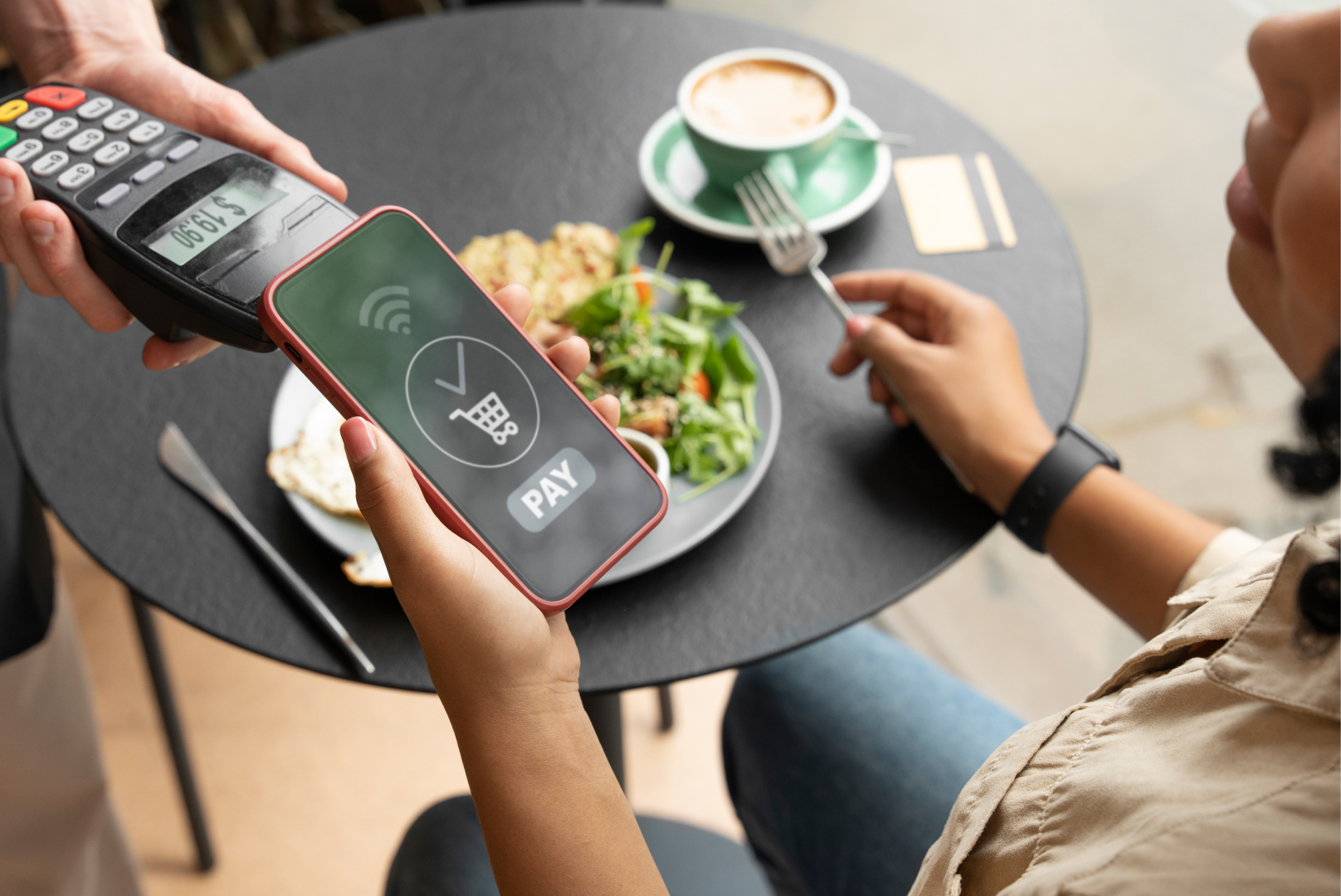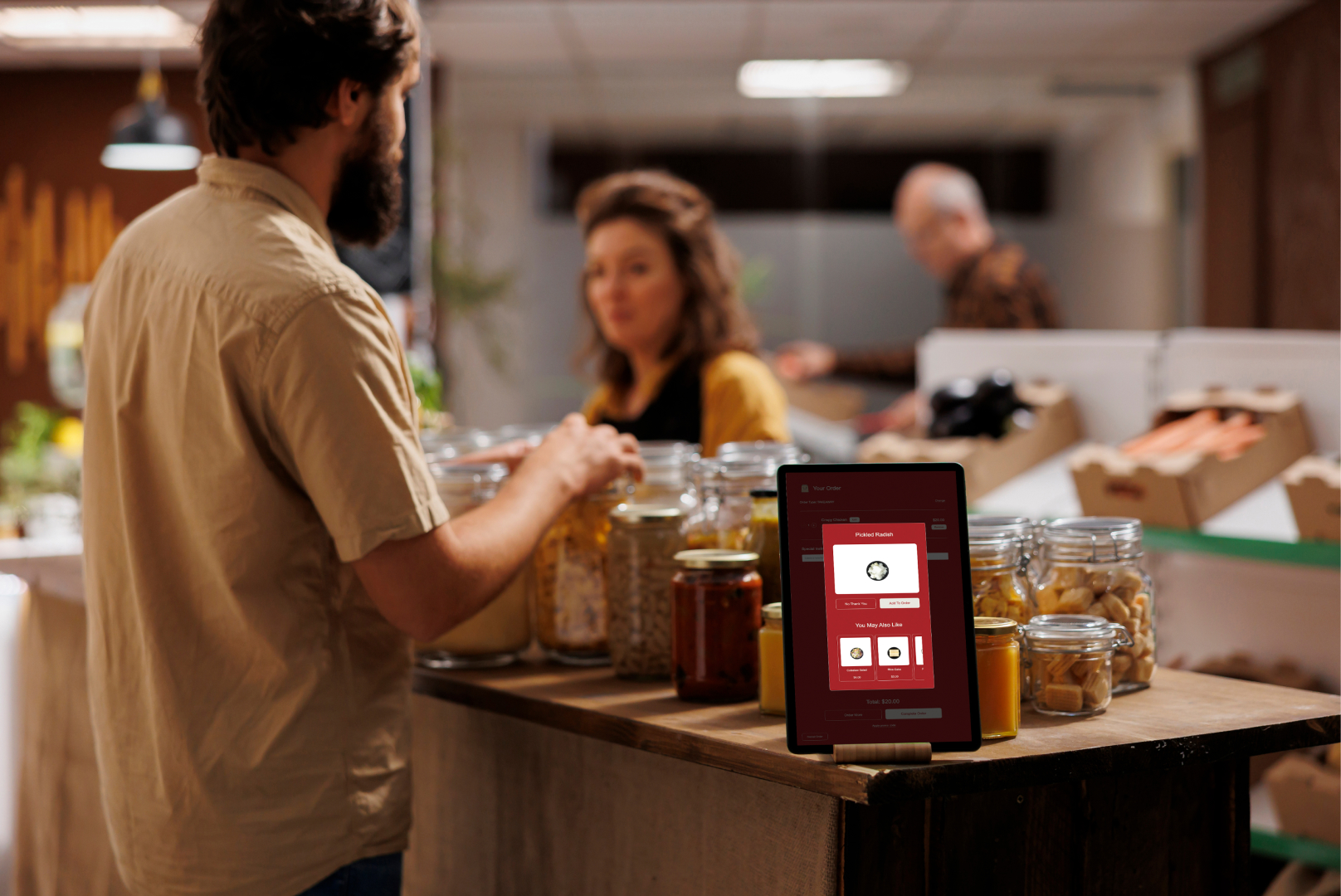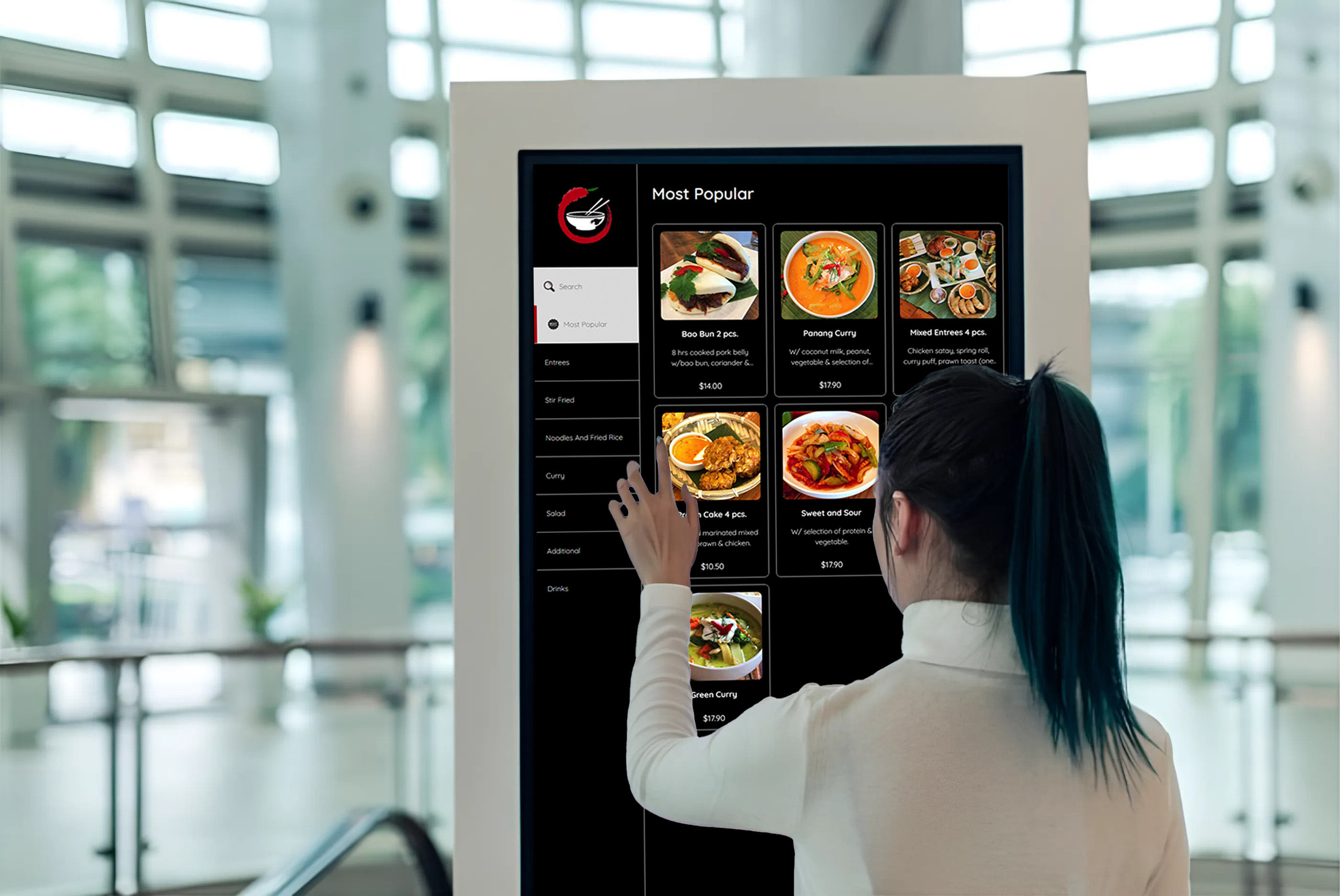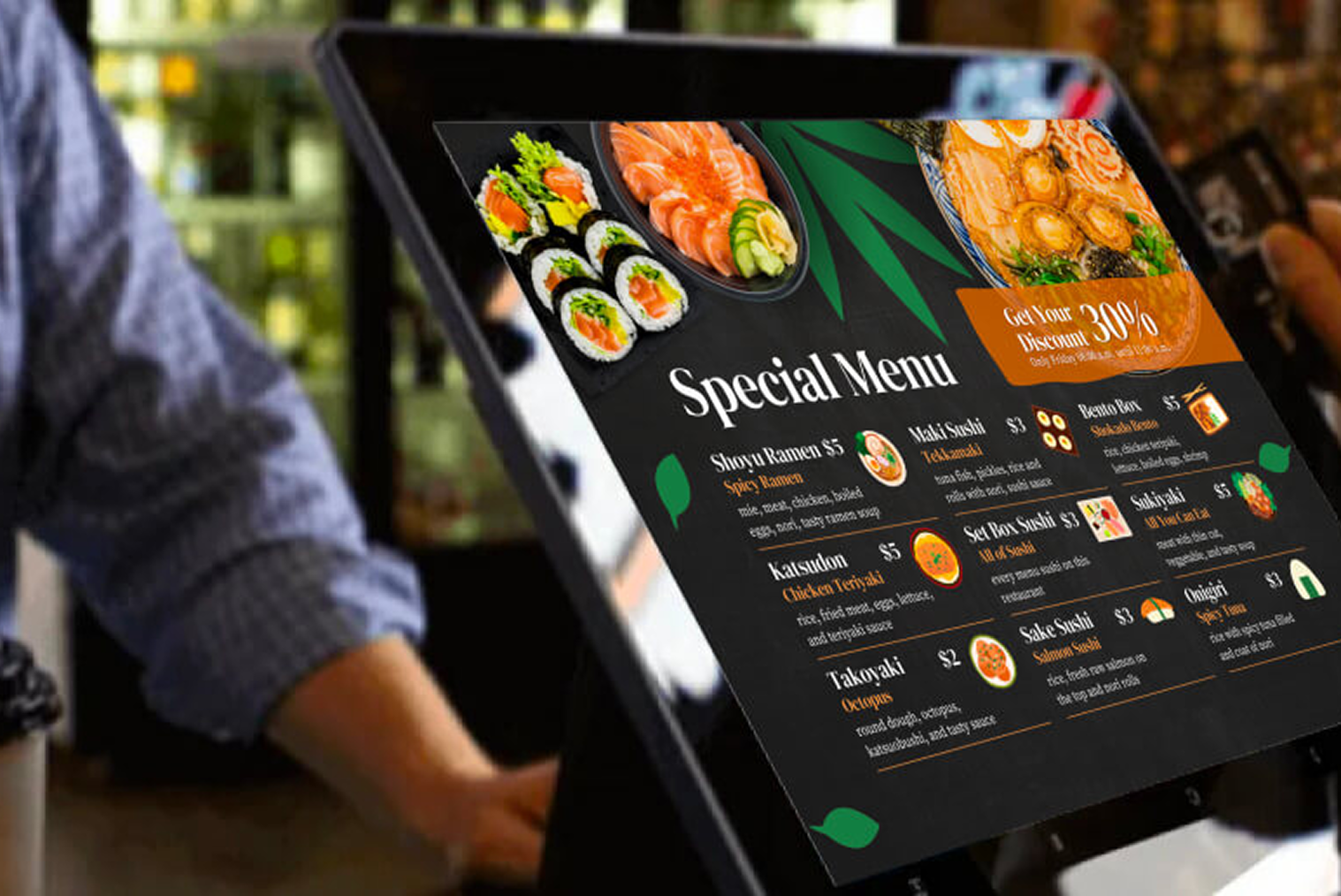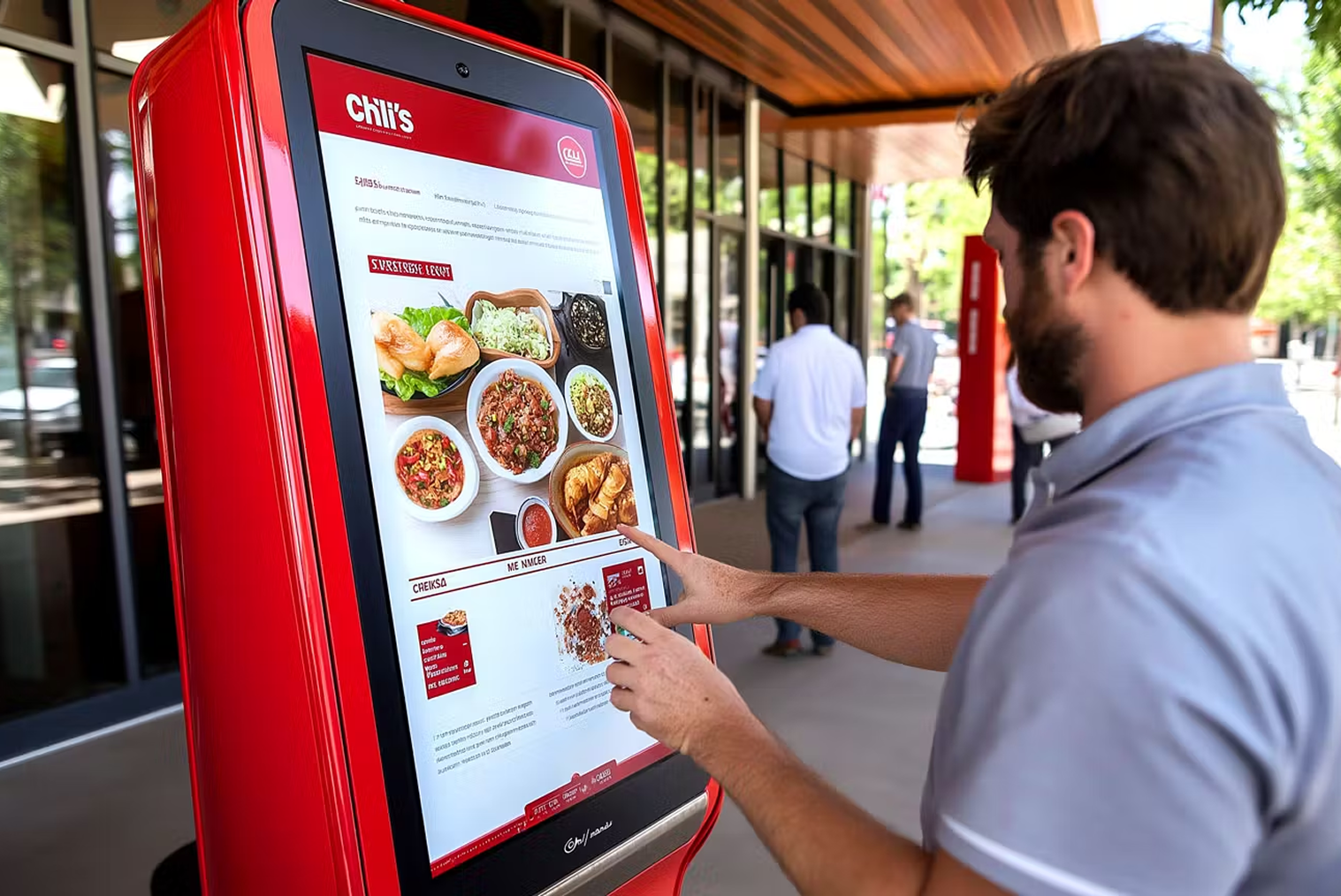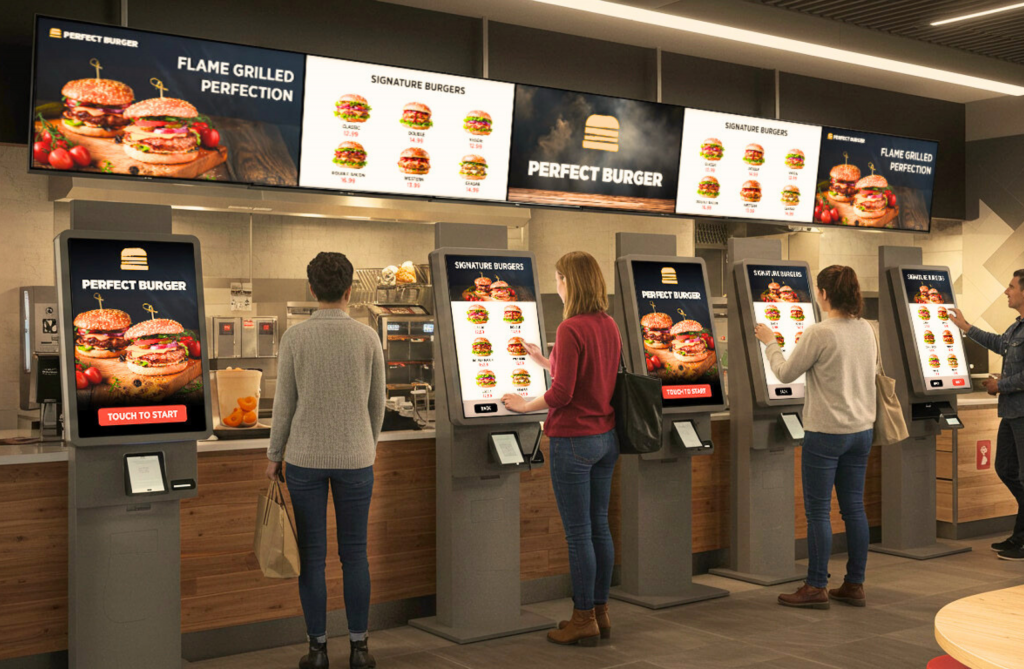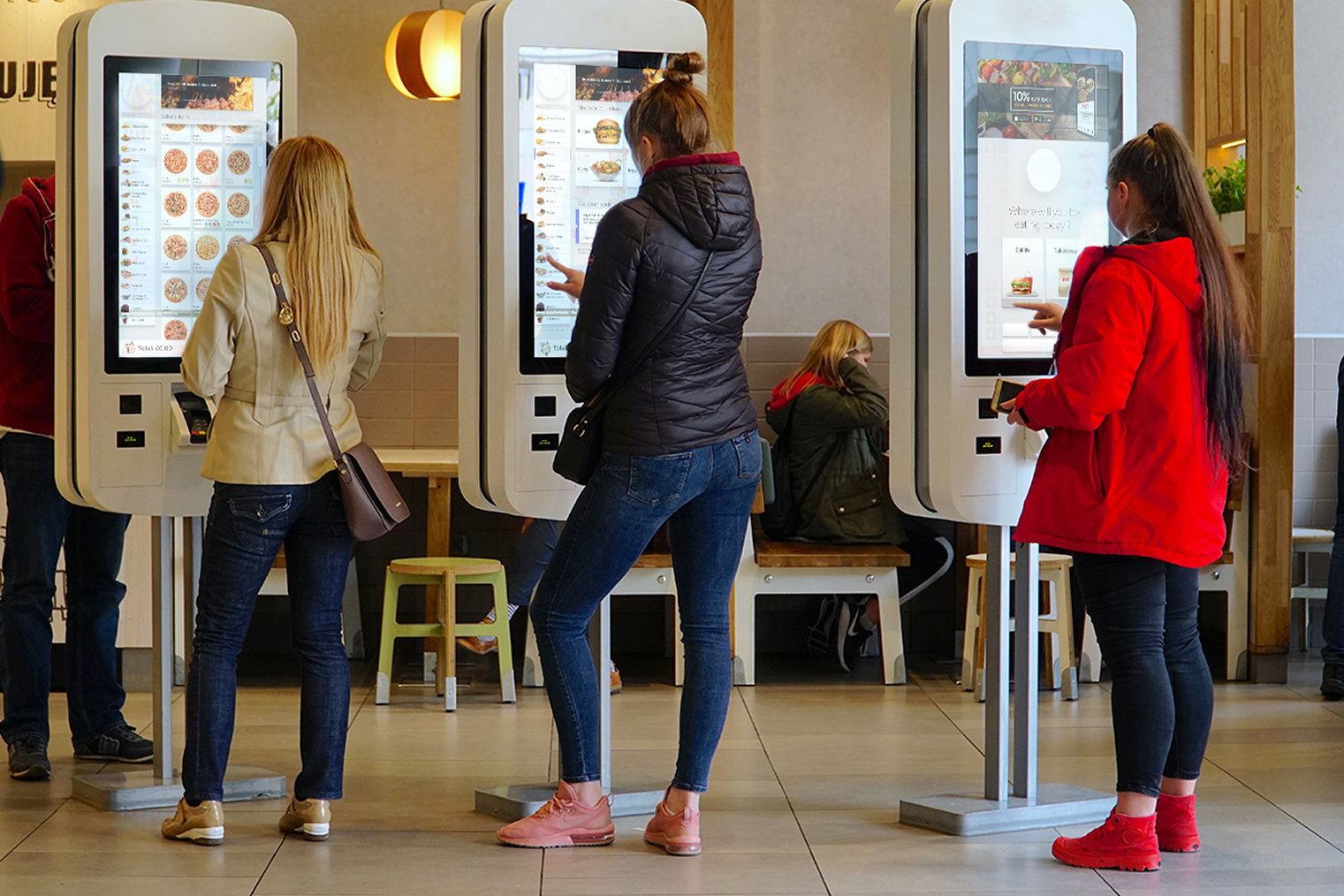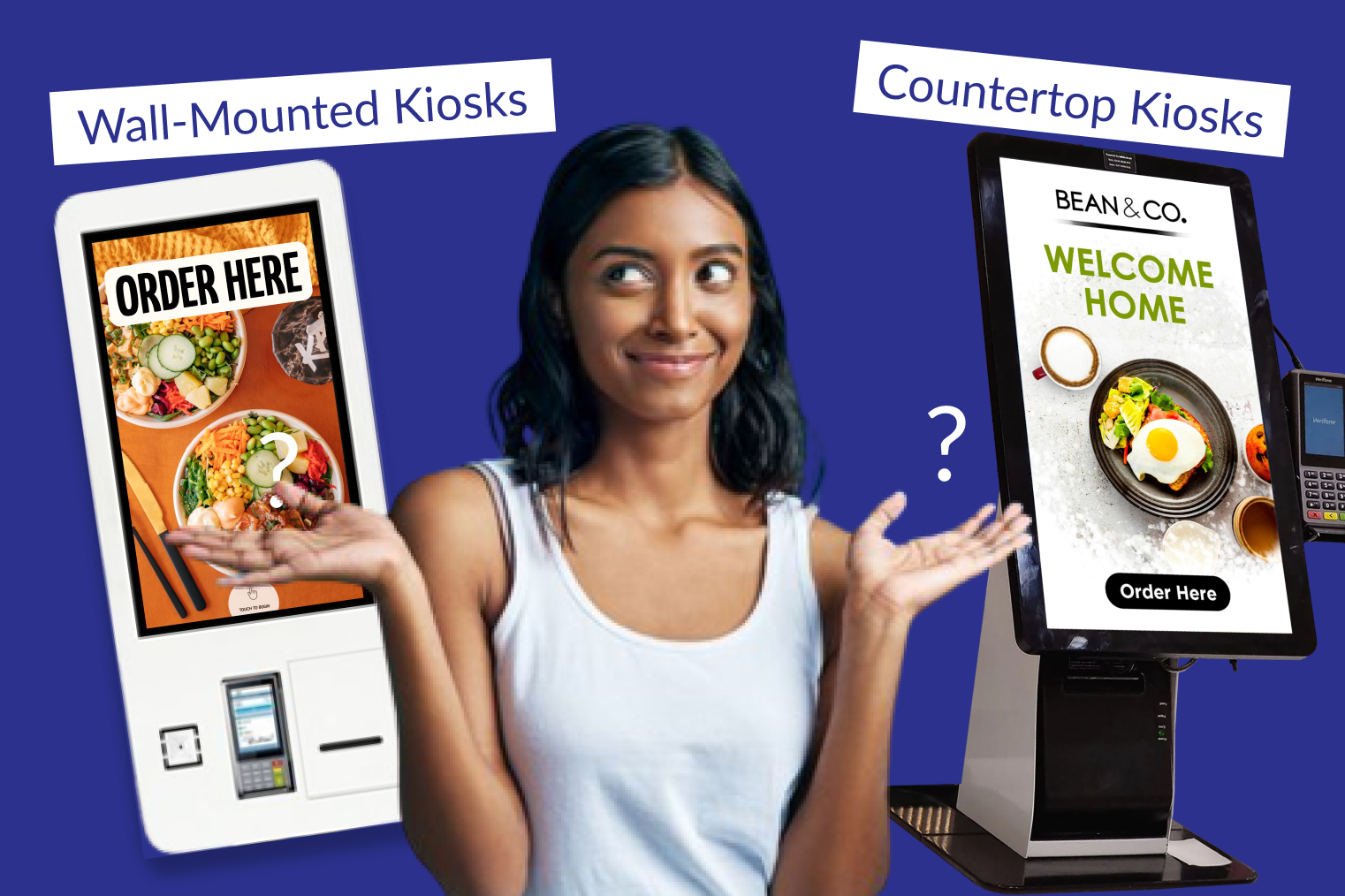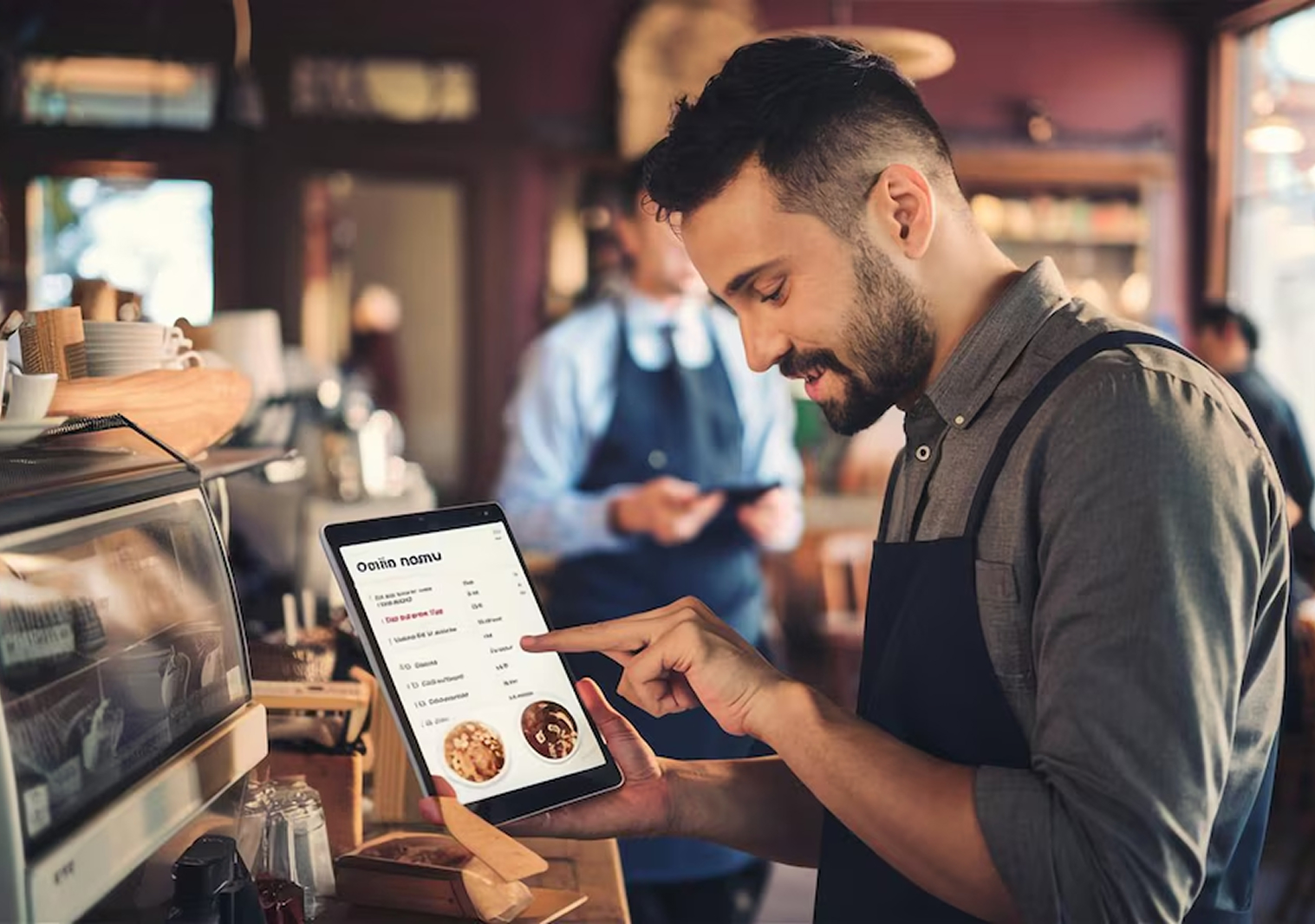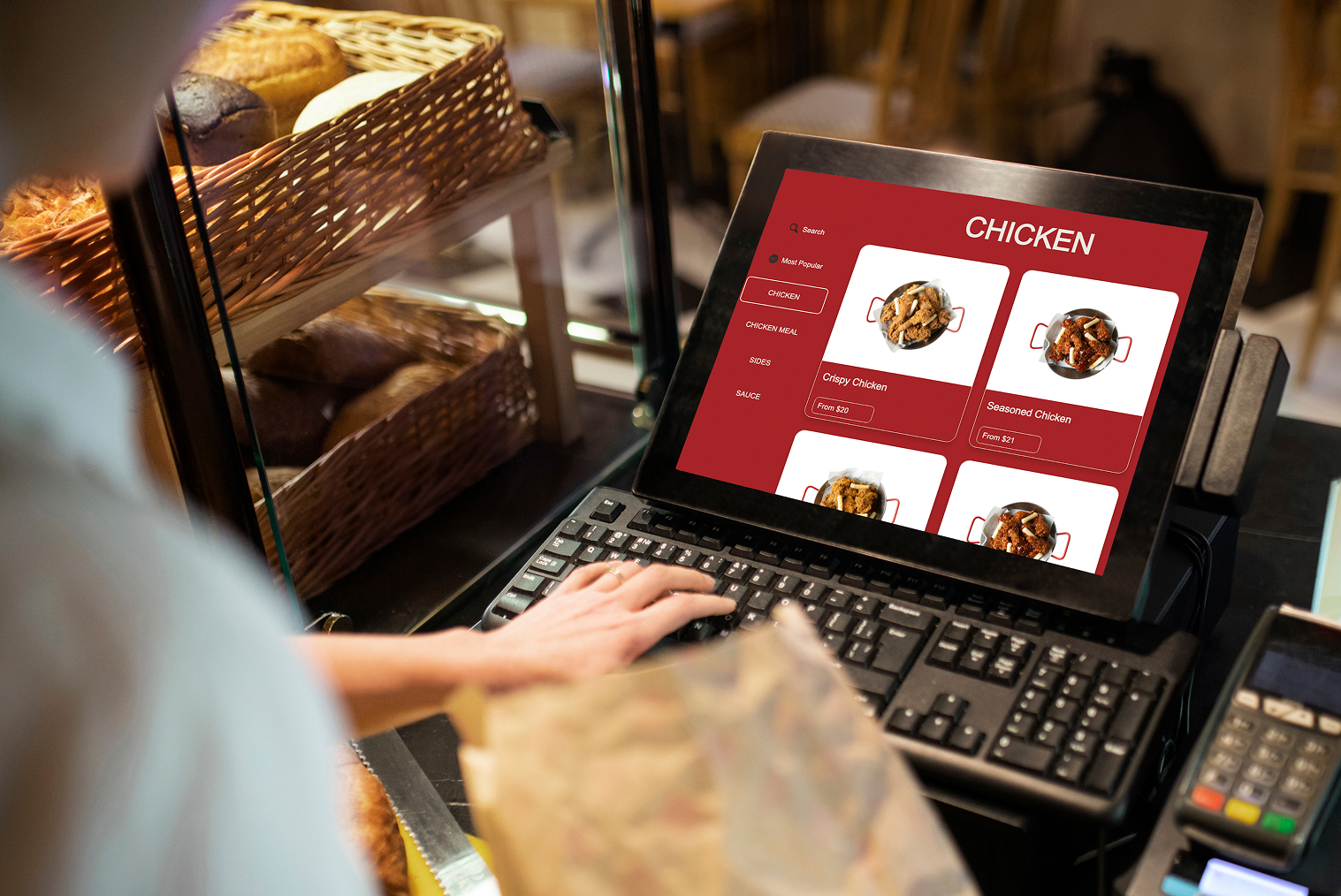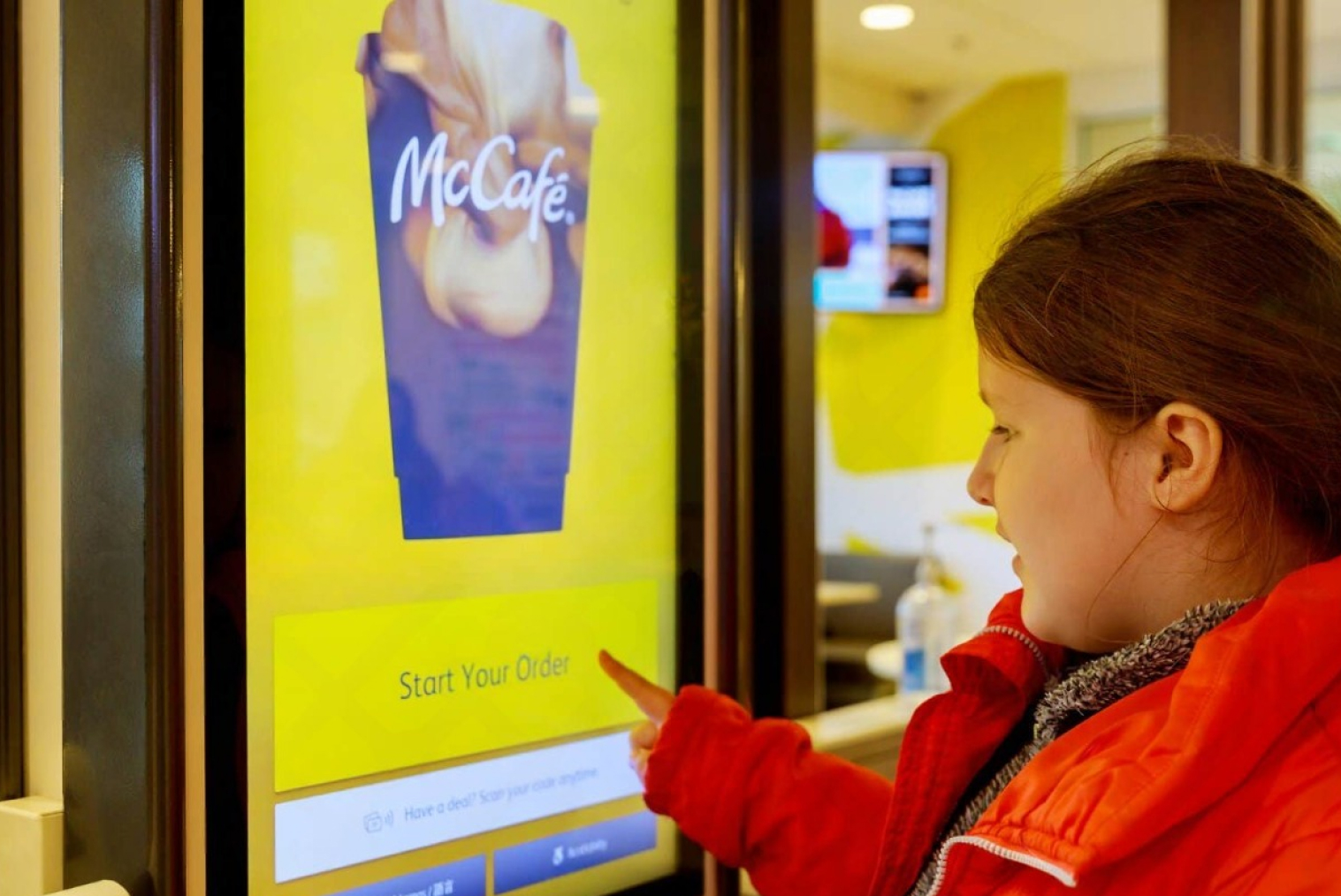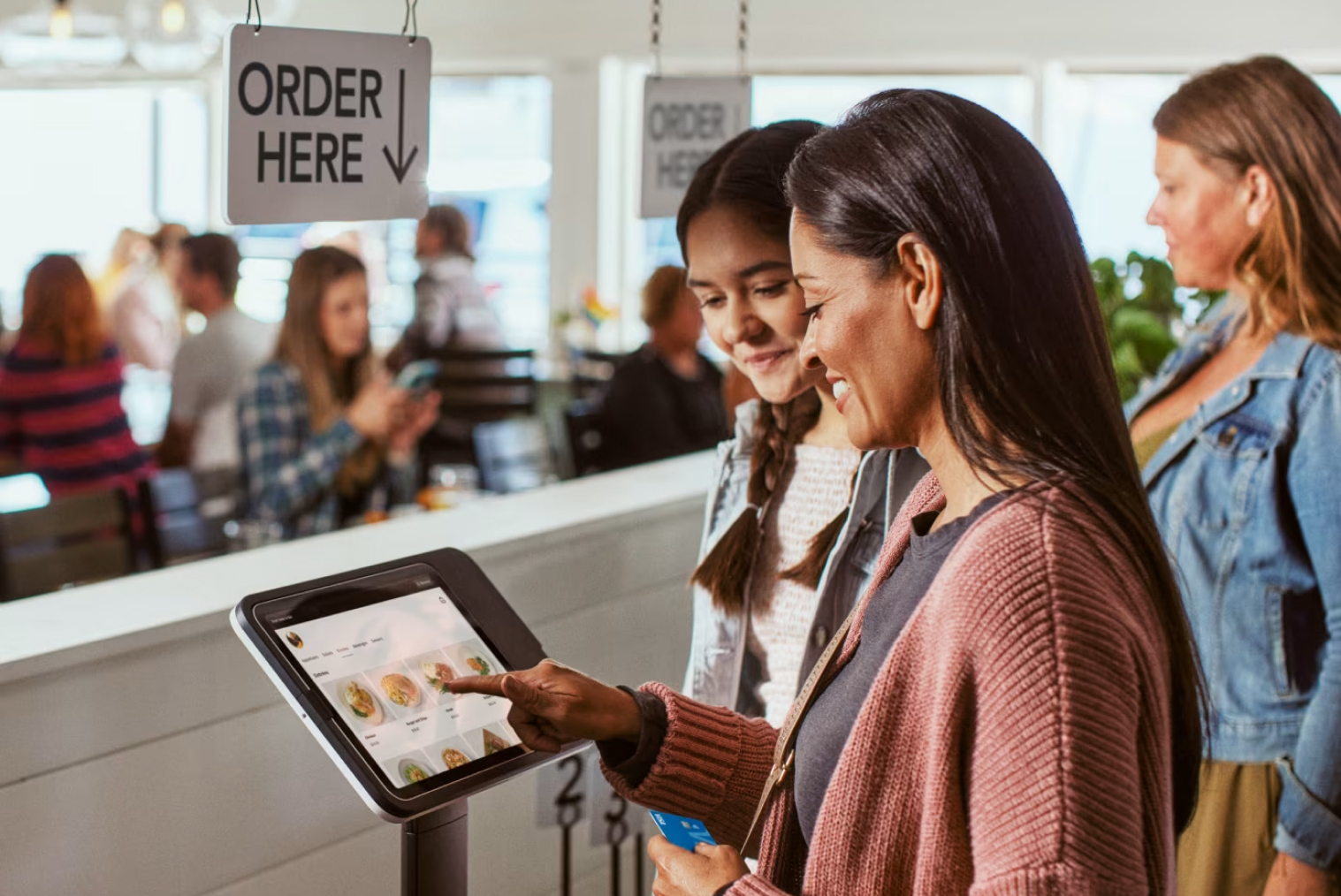Restaurant owners constantly juggle profitability, stock levels, and operational waste. POS analytics is a powerful tool that gives business owners data-driven insights into their operations. In this blog, we explore how using POS analytics can help restaurants improve inventory decisions, reduce food waste, and boost profit margins.
What Is POS Analytics?
POS (Point-of-Sale) analytics is more than just sales tracking—it’s a smart tool that helps restaurant owners uncover patterns, understand customer behavior, and make data-backed decisions.
By collecting and analysing data from your sales, inventory, and menu performance, a good POS system offers insights like:
-Top-selling and slow-moving menu items
-Ingredient-level usage and spoilage
-Peak order times and customer flow
-Average order value and table turnover rates
These insights help you move from reactive operations to proactive, predictive planning, allowing you to reduce waste before it even occurs.
Why Restaurants Struggle with Inventory & Waste Management
Most restaurants struggle to overcome issues such as unpredictable traffic, seasonal ingredient changes, and non-consistent kitchen practices. Without correct data, buying decisions become guesswork and result in:
- Overstocking of ingredients that expire before use.
- Under-ordering popular items and forfeiting sales opportunities
- Misaligned prep quantities across shifts
- Hidden waste that is never tracked
That is where the introduction of advanced POS technology becomes indispensable. Modern restaurant POS analytics help connect sales trends to inventory levels and provide insights into what takes place in your kitchen.
How POS Analytics Help Reduce Food Waste
Food waste is a silent profit killer. For example, tools like predictive inventory analytics can help restaurants cut waste by up to 30%, according to AI waste-management platforms. By tracking discarded items and generating historical reports, POS systems enable cost-assignment to waste events — a key method to reduce recurring losses. Lightspeed reports that operators using their POS waste-tracking feature can pinpoint waste trends and take meaningful action. It affects not just your bottom line but also your sustainability efforts. Fortunately, POS analytics can help identify patterns of over-prepping, underutilised ingredients, and low-performing menu items.
Here's how it helps:
-Ingredient tracking: Know which items are consistently over-ordered or discarded.
-Sales-to-stock correlation: Identify if you're buying more than you sell.
-Portion control insights: Catch inconsistencies between staff shifts.
-Menu optimisation: See which dishes have low conversion and remove or reprice accordingly.
When you understand what’s not selling or what’s frequently being thrown out, you can make strategic changes to how you purchase, prep, and serve food—saving money and improving efficiency.
What Restaurants Gain from POS Analytics
A data-driven restaurant experiences measurable improvements, including:
| Benefit |
What Changes |
Result |
| Smarter inventory orders |
Buy based on real sales patterns |
Less spoilage & wastec |
| More accurate forecasting |
Predict busy and slow hours |
Better staff and prep planning |
| Menu performance clarity |
Identify profitable vs. wasteful items |
Higher margins |
| Increased operational efficiency |
Reduced manual tracking time |
Faster workflows |
When restaurant teams act on analytics, they can reduce food costs by up to 5%, according to industry-grade POS data studies. This applies to dine-in restaurants, delivery-first kitchens, and even food trucks using best pos for food trucks that sync online orders with mobile payments.
How to Start Using POS Analytics in Your Restaurant
Making the most of POS analytics starts with implementation and team alignment. It’s not just about installing software—it’s about using the data consistently.
Here’s a step-by-step approach:
-Choose a robust POS system with real-time analytics and inventory tracking. Look for systems that support real-time inventory tracking, because, as research shows, this can drive a 15% cut in spoilage by identifying underused or expiring items.
-Set up ingredient-level inventory so every sale reflects in stock reports.
-Train your staff to log waste events accurately and consistently.
-Review weekly reports to identify trends and make decisions accordingly.
-Adjust menu, ordering, and prep based on actual demand patterns.
Pro Tip: Many types of POS systems for restaurants offer visual dashboards. Use them to spot outliers like sudden spikes in waste or dips in item popularity before they turn into bigger issues.
Integration with Kiosks, Online Delivery & Loyalty Tools
Modern restaurants use multiple ordering touchpoints: counter POS, delivery apps, and kiosk POS restaurant setups.
For consistency, your POS analytics software should integrate with:
This ensures inventory is updated in real-time across all channels
Customers get points when ordering either in-store or online. Forecasting is accurate because all the data comes from a single system. Coupled with analytics, a restaurant eftpos system will ensure seamless checkout and reliable payment reporting
Summary: Transforming Restaurant Efficiency with POS Data
Restaurants that use POS analytics to guide inventory and prep decisions reduce waste, save money, and operate more sustainably. Whether you run a small café or a multi-outlet QSR chain, data-driven decisions offer a clear competitive edge.
If you’re ready to take control of your kitchen operations, Tabin’s smart POS systems are equipped to deliver real-time analytics, ingredient-level tracking, and powerful forecasting features—all built with restaurant efficiency in mind.
Frequently Asked Questions (FAQs)
Q1: What is POS analytics in a restaurant?
It’s the process of using POS data to analyse performance, track inventory, and optimise business operations.
Q2: How does it help reduce food waste?
By tracking ingredient usage, identifying over-prep patterns, and flagging slow-moving stock, POS systems help restaurants minimise spoilage.
Q3: What key features should a POS system have for inventory tracking?
Ingredient-level tracking, real-time updates, low-stock alerts, and automated reorder reports.
Q4: Can small restaurants benefit from POS analytics?
Yes! Even small operations gain value by reducing manual errors, saving on costs, and understanding what works on the menu.
Q5: How do POS analytics reveal best-selling menu items?
They track item-level sales trends and show which dishes drive the highest revenue and which underperform.
Q6. How does POS analytics improve restaurant profitability?
By aligning inventory, menu pricing, and prep with real customer demand.
Q7. Can POS analytics forecast busy hours and demand?
Yes — peak order time reports help staff and prep planning.
Q8. Is POS analytics helpful for multi-location restaurants?
Absolutely — centralised dashboards compare performance across outlets.
Q9. What is the difference between POS analytics & manual inventory tracking?
POS analytics updates automatically in real-time, while manual tracking is time-consuming and error-prone.
Q10. Does POS analytics help with sustainability and food waste reduction goals?
Yes — it reduces over-purchasing, stock spoilage, and unnecessary prep.
